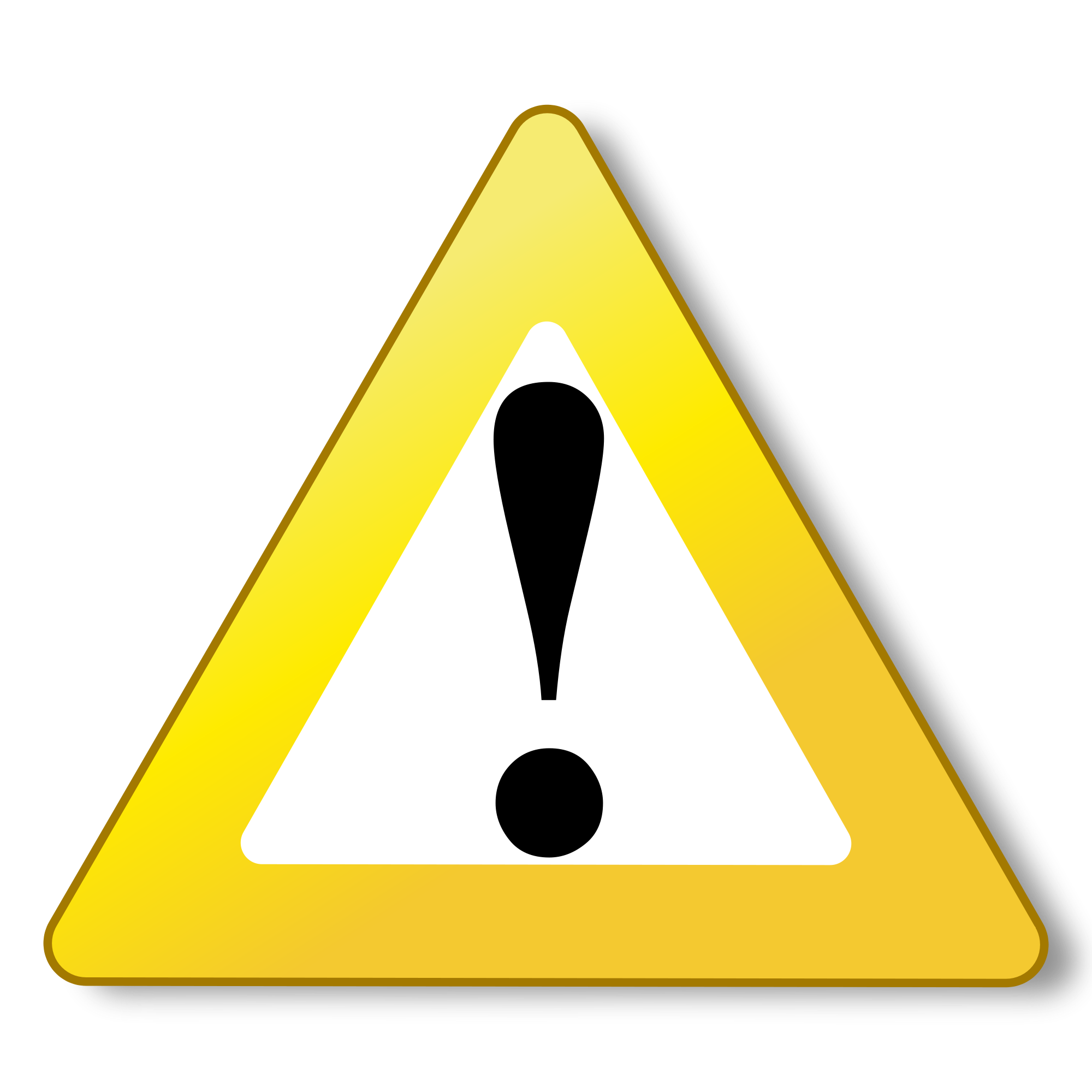
Every year, around 1.35 million people lose their lives to car crashes. The best way to avoid raising this shocking number is to know the hazards of the road and how to avoid them. No matter how long you’ve been driving, a little reminder on road hazards never hurts.
Keep reading to learn more about five of the most common road hazards and how to avoid them.
1. Wildlife
No matter where you are, if you’re driving down any road lined with trees — especially at night — you need to keep an eye out for wildlife.
Deer, moose, coyotes, kangaroos if you’re in Australia, any animal that runs out into the road can cause a serious accident. Hitting larger animals like moose and deer can even cause death in the worst cases.
The best practice for avoiding wildlife is to be alert. Watch for signage denoting animal crossings, keep your brights on at night (when you can) and keep an eye on the sides of the roads. With a keen eye you can often see the glowing eyes of a deer or other critter reflecting your headlights before they jump into the road.
If an animal does jump in front of your car, slam on the brakes, flash your lights, and sound your horn. Make a swerve out of the way only if necessary and, ideally, safe. The last thing you want to do is swerve into oncoming traffic trying to avoid wildlife.
2. Icy Roads
Picture this: You’re driving down the road in the winter and suddenly you hit a patch of black ice. You start swerving out of control. What do you do?
Icy roads are one of the most potentially deadly driving hazards you can face. When your car skids you feel out of control, and that leads to tipped cars, crashes with other drivers, and worse. The best way to prevent this is to drive slowly on icy roads, however, black ice can be very difficult to spot.
If you get caught in a skid take your foot off the gas. If you have an anti-locking braking system, push the brake pedal to regain traction — don’t pump it. The ABS system essentially pumps the brakes for you, freeing you from the skid.
If you don’t have ABS, brake as hard as possible until one of your wheels locks. Release pressure from the pedal, then hit it hard again. Do this until you’re out of the skid.
It never hurts to have basic auto insurance, like that provided by John B. Wright, in case an accident occurs. Check out their policies today.
3. Blowout
It’s happened to many of us. You’re driving along the road when suddenly you hear a massive bang. It’s your tire, and it’s just blown out.
When your tire blows out, you may lose some control of your car. You might also want to look to the source of the noise. The best course of action is to avoid finding the source of the noise and focusing on regaining control.
Craning your head out the window to see where the noise came from only increases your chances of crashing. Worry about that later.
Instead, keep your hands on the wheel, remove your foot from the gas, and let the car slow down. Flick on your hazards and safely move your car to the side of the road or somewhere safe. Brake gently, then investigate the situation.
It can be hard to control your reflex to look for the noise when it happens, but it’s important to try your best to avoid further accidents.
4. The Soft Edge
A soft edge refers to the type of ground at the side of the road. If there’s dirt, grass, or loose gravel at the sides, you want to avoid it.
Veering into the soft edge can catch your tire and flip your car. It can drag you right into the ditch, which can lead to serious injuries.
If you’re on a road with a soft edge — especially a thin road — keep your car at 80km/h or slower. Try to avoid soft-edged roads at night altogether. Keep from swerving your car as much as possible, even if there are potholes; try slowing down over them instead.
If you hit the soft edge, hit your brakes or steer back onto the road. If you act quick enough, you’ll likely be okay. As long as you pay close attention to the road, you should be able to avoid this error easily.
5. Flooding
Heavy rainfall means flooded roads, and flooded roads present a monumental road hazard.
If you happen upon a flooded road, hit the brakes. Do not try and continue down the road, even if it looks like you might be able to handle it. Flooded roads can damage your car, and sweep it off the road entirely in the worst cases.
Turn your car and find another way around. Keep in mind that the road was flooded when you return to it another day. The flooding may cause new potholes or damage to the road, which you now have to avoid.
Road Hazards: Know Thy Enemy
When driving, your biggest enemies are road hazards. The best way to deal with those enemies is to know what they look like and how to handle them. Familiarize yourself with the hazards above and how to prevent and handle them and you’ll find yourself becoming a much more prepared driver.
For more articles on driving, cars, and car technology, check out the rest of our blog.